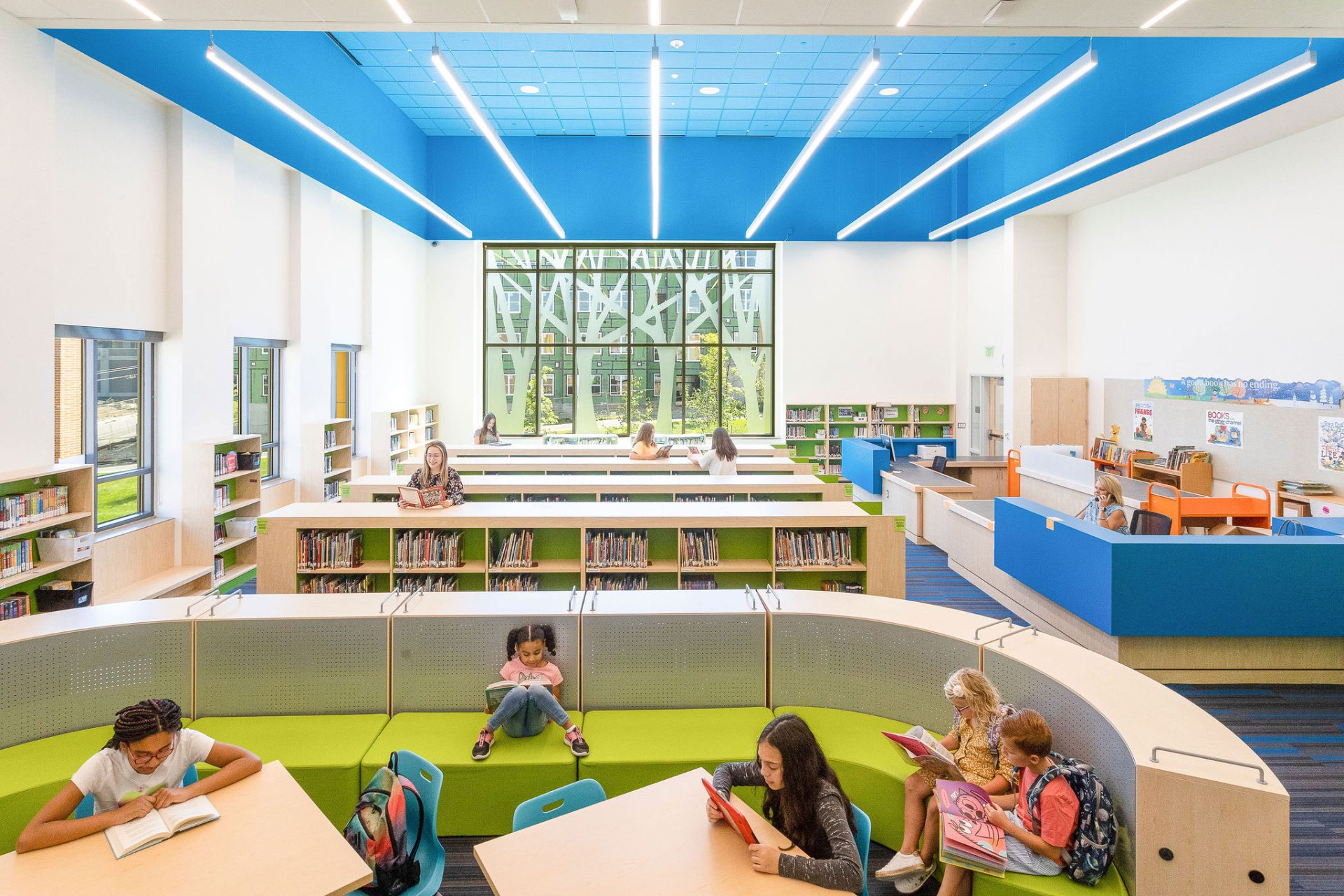sponsor content What's this?
Sponsored Content
Designed to thrive: Architects maximize Pennsylvania’s economic potential

The rooftop deck of the Ohringer, a long-vacant building in Braddock, reimagined by the Rothschild Doyno Collaborative as affordable housing that supports the arts in the community and connects two areas of main street redevelopment. Photo by Ed Massery
Quality of life and place matter
Quality of life and place are the most critical factors in retaining and attracting a diverse workforce to Pennsylvania. A 2022 Brookings Institution report on communities found that investments in quality of life and place are more effective than many traditional economic development strategies prioritizing a “business-friendly” climate.
Partner with architects
Architecture is the process of ensuring a greater quality of life and place through the design of our built environment. It’s a key to unlocking our main streets, towns, and cities' full economic potential. That makes architects prime partners for our local civic leaders and state policymakers charged with planning and implementing strategies for more livable and resilient communities.
Just as no two buildings are alike, architects understand that every community has unique needs. As the objective planning, design, and construction experts, architects can help leaders think holistically, reconcile diverse and competing voices, and thwart unintended consequences.

Design is the key(stone)
Architects navigate technical, regulatory, and budgetary constraints to apply their design and planning expertise to protect our health, safety, and welfare. Affordable housing, quality schools, connection to nature, a sense of community, and local character are just a few quality of life and place attributes they touch. Here are some ways architects enhance them in our built environment.
Education: Research conducted by Perkins Eastman and Drexel University demonstrates a direct connection between high-quality school environments and boosted educational outcomes, well-being, and strengthened communities.
Housing: Thoughtfully planned and designed housing promotes a greater sense of connection and belonging for all. Architects understand the complexities of affordable housing, infill, and mixed-use development. They design with equity, transit, and walkability in mind.
Affordability: Architects employ a variety of high-performance design strategies to lower operational costs and benefit our health and environment. Their inclusion in the earliest planning stages allows for more opportunities to reduce costs and add social, environmental, and economic value.
Sense of place: Architects are skilled in translating the identity, needs, and aspirations of communities to our places. Design interventions are vital for combating blight, revitalizing our downtowns, and preserving our rich historic building stock for reuse.
AIA Pennsylvania, the Pennsylvania chapter of the American Institute of Architects, works to advance, inspire, and advocate for the profession of architecture.
